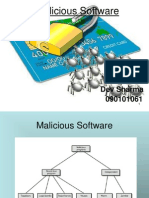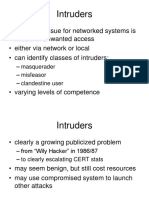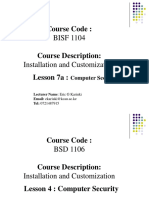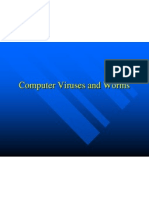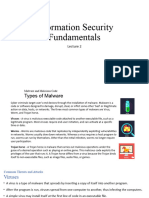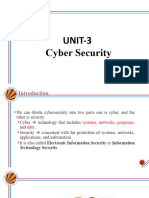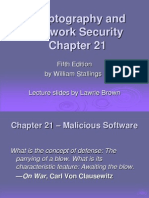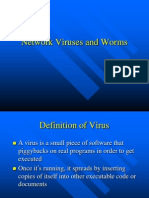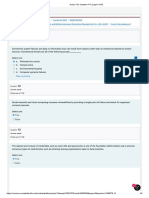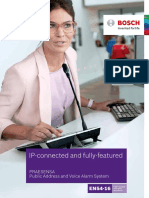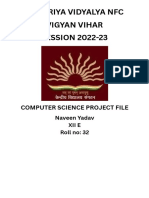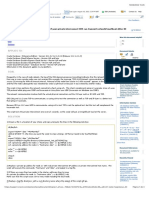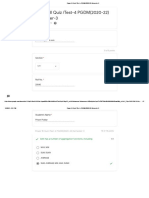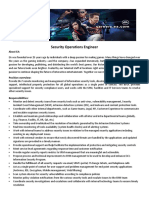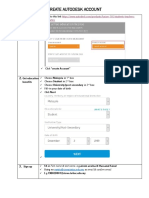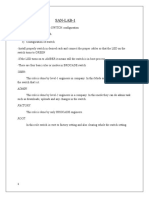0% found this document useful (0 votes)
37 views81 pagesCns Security
The document discusses various forms of malicious software, including viruses, worms, and Trojans, detailing their operation, types, and countermeasures. It emphasizes the importance of intrusion detection systems and password management in securing networks against unauthorized access. Additionally, it outlines the role of firewalls in providing perimeter defense while acknowledging their limitations.
Uploaded by
Avula TarunCopyright
© © All Rights Reserved
We take content rights seriously. If you suspect this is your content, claim it here.
Available Formats
Download as PDF, TXT or read online on Scribd
0% found this document useful (0 votes)
37 views81 pagesCns Security
The document discusses various forms of malicious software, including viruses, worms, and Trojans, detailing their operation, types, and countermeasures. It emphasizes the importance of intrusion detection systems and password management in securing networks against unauthorized access. Additionally, it outlines the role of firewalls in providing perimeter defense while acknowledging their limitations.
Uploaded by
Avula TarunCopyright
© © All Rights Reserved
We take content rights seriously. If you suspect this is your content, claim it here.
Available Formats
Download as PDF, TXT or read online on Scribd
/ 81







